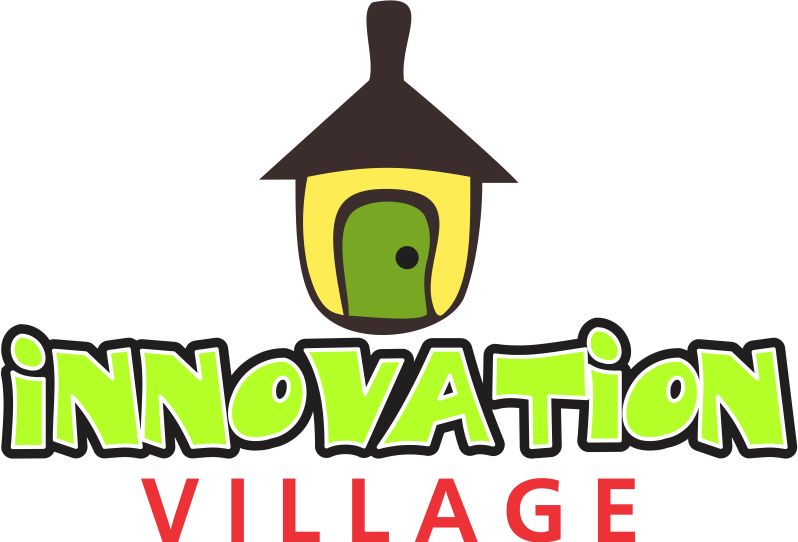The Federal Communications Commission (FCC) has granted SpaceX approval to launch its innovative Direct-to-Cell service, developed in collaboration with T-Mobile.
This initiative aims to enable standard mobile phones to connect directly to SpaceX’s Starlink satellites without requiring specialized hardware or additional infrastructure. Scheduled for launch in 2024, the service will initially support text messaging, with voice and data capabilities expected by 2025.
Powered by SpaceX’s advanced second-generation Starlink satellites, Direct-to-Cell is designed to bring connectivity to remote and underserved areas where traditional cellular networks struggle to operate. By connecting phones directly to satellites, the service addresses critical gaps in coverage, offering a lifeline for individuals and communities in isolated locations. Highlighting the significance of this technology, the FCC stated, “The Commission recognized that satellite-to-device connectivity can support critical public interest benefits, including ubiquitous connectivity, access to 911 service from remote areas, technological advancement, and innovative spectrum use.”
This approval builds on SpaceX’s history of seeking FCC permissionsgma to expand its Starlink capabilities, including temporary licenses to provide emergency connectivity during natural disasters. These earlier approvals underscore the company’s commitment to bridging connectivity gaps and leveraging satellite technology for public benefit. From disaster relief efforts to advancing connectivity for underserved regions, SpaceX has consistently demonstrated the potential of satellite technology to drive innovation.
This approval marks a pivotal moment for SpaceX and T-Mobile’s efforts to revolutionize telecommunications. The partnership represents a blend of satellite and mobile network technologies, allowing T-Mobile to expand its coverage without costly ground-based infrastructure. This hybrid approach not only enhances accessibility but also ensures greater network reliability, especially in areas prone to natural disasters or emergencies. It is a significant leap forward in the global push for universal connectivity.
The implications of Direct-to-Cell extend beyond basic connectivity. The service is poised to transform industries such as logistics, maritime operations, aviation, and emergency response. For disaster-prone regions, it could serve as a critical tool for maintaining communication when terrestrial networks are down. Additionally, it opens doors for new opportunities in education and healthcare for isolated communities, creating a more connected and inclusive world. Imagine schools in rural areas accessing real-time educational resources or remote clinics offering telemedicine services seamlessly.
While SpaceX is leading the charge, the satellite-to-mobile sector is becoming increasingly competitive. Companies like AST SpaceMobile and Lynk Global are also exploring similar technologies, aiming to deliver satellite-enabled phone connectivity. However, SpaceX’s established Starlink network, global presence, and ability to rapidly scale operations provide it with a significant advantage in this emerging market. Its ability to integrate satellite and ground-based network solutions further cements its leading role in the sector.
The FCC’s approval underscores regulatory confidence in the potential of satellite-based communications to reshape the telecommunications landscape. With text messaging services set to begin in 2024 and plans for voice and data capabilities by 2025, SpaceX’s Direct-to-Cell initiative is a bold step forward in bridging the digital divide. This technology is set to connect billions of people who have long been excluded from the digital age, reaffirming the partnership’s vision of creating a world where connectivity truly knows no bounds.
At its core, the Direct-to-Cell service represents a transformative leap in how we communicate, making the unreachable reachable and ensuring that no one is left behind in the ever-evolving digital world. SpaceX and T-Mobile’s collaboration promises to redefine connectivity standards, laying the foundation for an interconnected future where innovation and accessibility go hand in hand.


